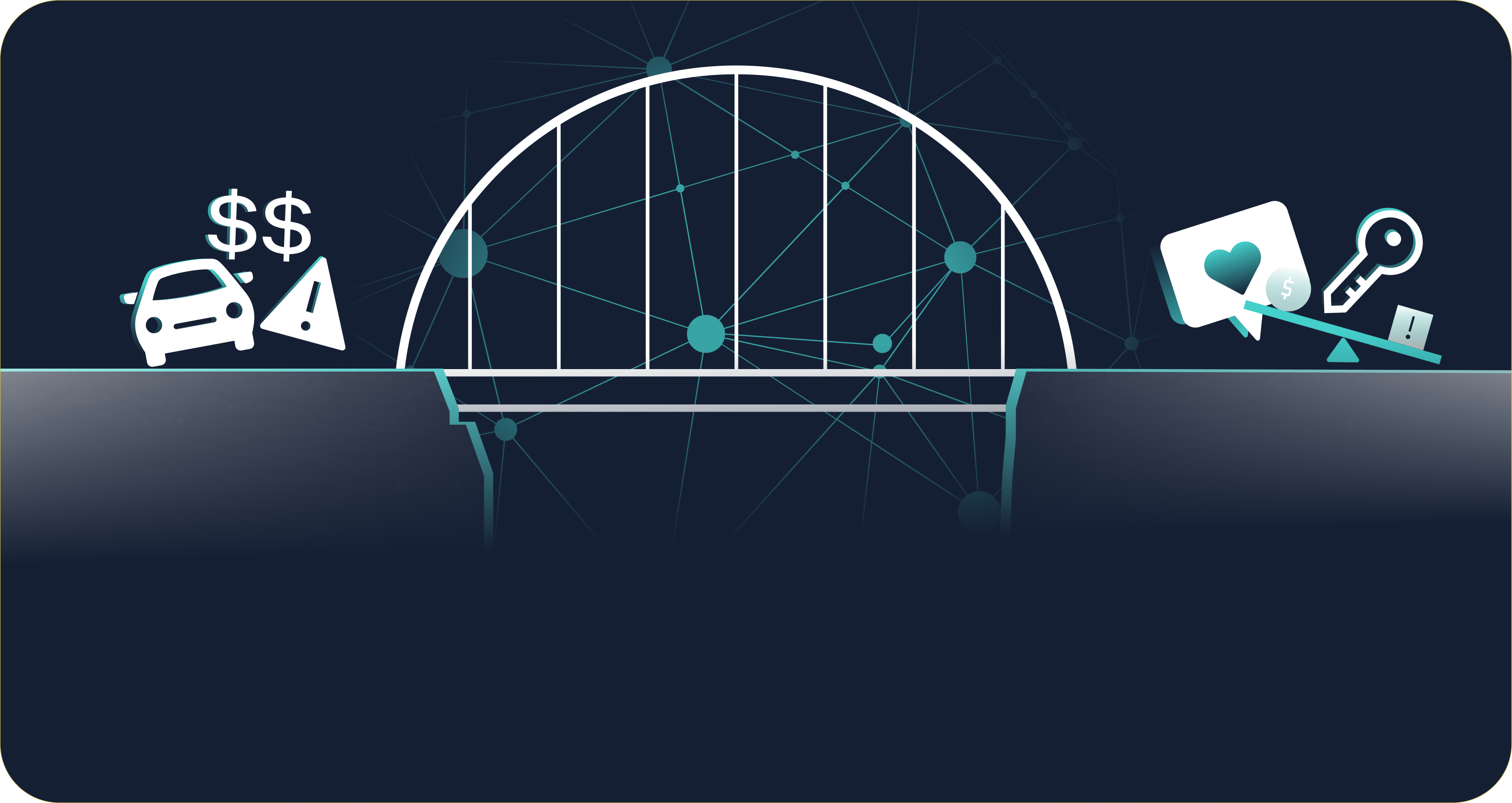2024: its milestones, its challenges, and forging the path ahead

2024: its milestones, its challenges, and forging the path ahead
When Zest AI kicked off the year with our Town Hall, I had a good feeling. The room was buzzing with new ideas and inspiration about how we’d deliver powerful results and change the industry’s landscape.
As the excitement of that meeting faded away, we were left with the work. It was time to bring the ideas that had resided in slide decks, demos, and video calls to life. Now it’s December, and what do we have to show for it? Turns out, quite a lot.
The milestones
This year was revolutionary for advancements in AI. Together, we’ve made AI lending technology the new standard for financial institutions, allowing lenders of all sizes to remain agile, competitive, and fulfill their mission and goals. AI has transformed the way we work, collaborate, and serve—lenders are faster, can reach more borrowers, and grow their organization with the power of automation and accuracy.
From a technology standpoint, Zest AI built upon our leading machine learning capabilities to tackle increasingly sophisticated fraud. Our goal was to create a solution that not only addressed risk issues for lenders but also improved the process, customer experience, and overall effectiveness.
We know generative AI is the next wave of innovation that will allow financial institutions to stay competitive. GenAI can deepen member or customer interaction, be a powerful efficiency booster, and strengthen the synergy between possibility and strategy. With the launch of LuLu, our lending intelligence companion, we sought to empower lending teams with proactive insights, enabling them to move faster and learn more effectively with flexibility and customization. Financial institutions no longer need to be constrained by dashboards and charts, but truly by their own creativity and curiosity. How’s that for a milestone?
But enough about us—from a collaboration standpoint, we made a commitment to do well by doing good. Through our clients’ partnership, support, and advocacy, we were able to make a difference in our organizations and the lives of everyday people.
Let’s break down that statement: what is “doing well”? It means creating an environment where everyone—businesses, individuals, and communities—has a chance to thrive. For fintechs, financial institutions, and regulators, it’s about fostering competition. Healthy competition drives innovation, allowing lending organizations of all sizes to grow and adapt.
This year, advocacy and support from credit union leaders and lawmakers made an incredible impact. At GAC, we heard from Jenny Vipperman, CEO of ORNL Federal Credit Union and Donna Bland, CEO of Golden1 Credit Union about how AI allows their credit unions to serve members from all walks of life. Karen Harbin, CEO of Commonwealth Credit Union, testified before the House Financial Services Committee on how AI has helped her credit union extend access to credit, reduce delinquencies, and increase efficiency. Leaders like Congressman Andy Barr (R-KY) and Congressman Mike Flood (R-NE) engaged with Zest AI in policy conversations and panel discussions, leading the way for AI standards and adoption. We saw how smaller institutions like Trius Federal Credit Union harnessed AI to level the playing field and serve their members with speed and agility.
When we allow organizations to do well, they can do some real good. This is that American Dream we love and value so much—the chance for everyone to succeed, no matter who they are. We see this in action when credit unions like Verity Credit Union expand access to credit for underserved communities, giving more families and individuals a fair shot at financial success.
When lenders do well, they have the confidence to do more good for those who would have been left out by generic scoring models and biased credit policies. Even though these gaps persist, there is a way forward. It’s because of the trailblazers, advocates, and innovators that we are able to remain on the path.
The challenges
We could pat ourselves on the back and leave it there, but who wants that? Overcoming challenges is what makes victory so sweet.
Events like natural disasters remind us that we can’t take our homes and communities for granted. When our neighbors are in distress, financial institutions are there to support the recovery. Access to services and financial support is a critical part of rehabilitation, which is why credit unions like Suncoast Credit Union, Truliant Federal Credit Union, and many more played such a key role in the aftermath of Hurricane Helene and Hurricane Milton.
Now, financial institutions, fintechs, and government organizations can’t control the weather. Yet our actions still impact the lives of thousands across the country—whether it’s directly through a life-changing (or life-saving) loan, or indirectly through the technology and policies that enable that loan approval. This is why it’s so critical that we remain vigilant in AI advocacy. AI is not new to all but is certainly new to many policymakers and regulators.
As lawmakers and FIs deepen their understanding of AI, the challenge for all of us is clear: to build an industry framework that fosters innovation and creates opportunities for growth. We need to protect the ability to ask ourselves, “is there a better way?” without fear of pushback or stagnation.
The challenge for financial institutions and fintechs is to earn trust. We know that bias is a $16T problem, but it’s much more than that. When lenders don’t prioritize due diligence in fair lending, they leave money on the table and deepen the mistrust that the majority of Americans have in financial institutions. We must demonstrate that AI can drive progress and is not going to leave anyone behind.
Forging a new path
With all the momentum we built this year, we can’t stay static. We can’t be constrained by one direction or strategy, simply because that’s the way we’ve always done it. Let’s forge a new path, equipped with powerful technology and a willingness to try.
Let’s commit to an environment that allows competition (and by extension, everyone: businesses and everyday people alike) to flourish. The word “innovation” is thrown around a lot these days, but let’s show the industry what that actually means. Allow those great ideas to leave your notepad. Ask questions, whether it’s to your own institution or to your local representative. Be the person who asks, “is there another way?” and find it.
The work isn’t done yet—but together, we’re on the right path. I’m excited about the potential in our creativity, our courage to speak up, and how much good we can do in 2025. Cheers!

